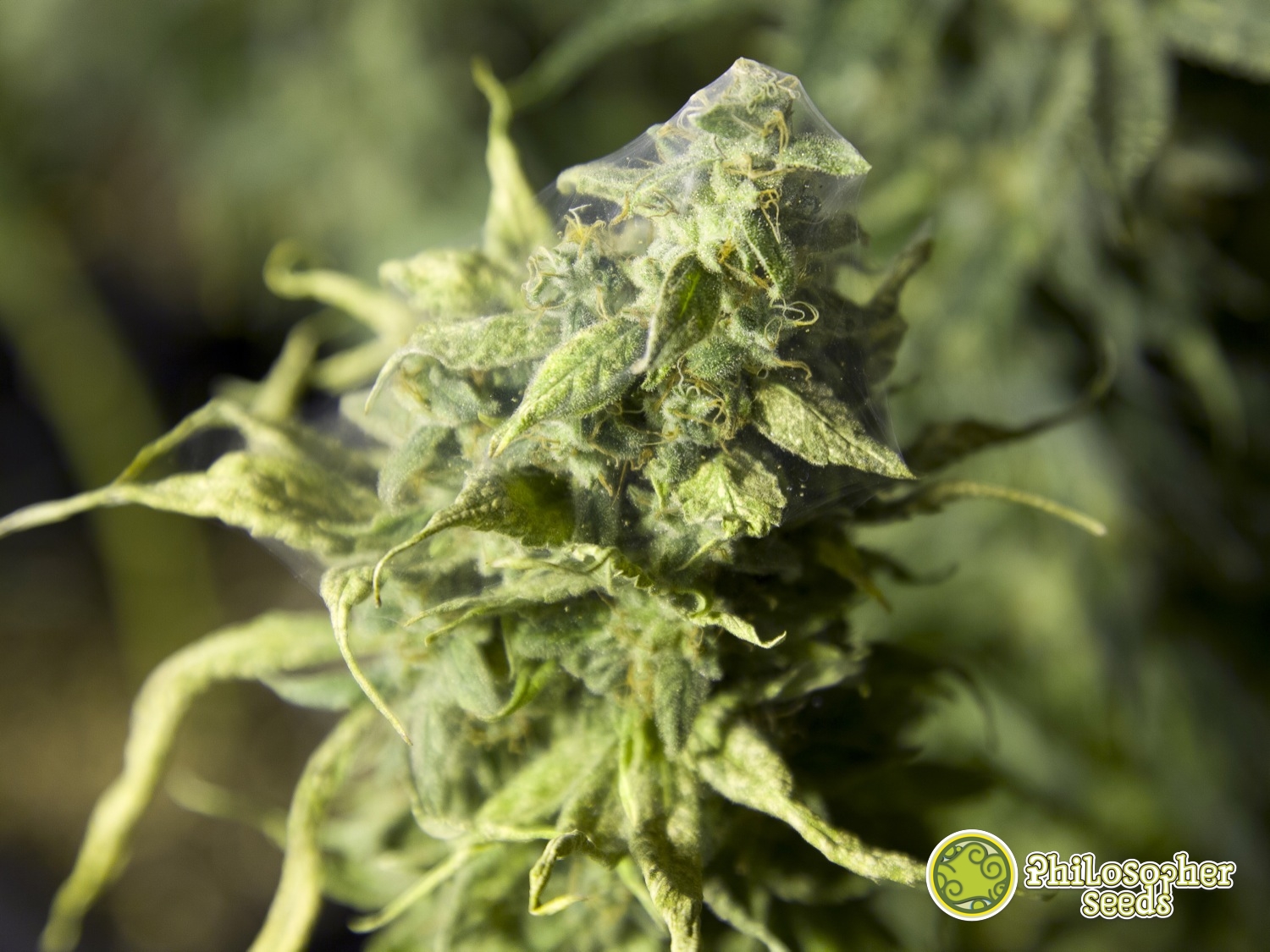Aphids and cannabis, how to avoid and combat them
List of contents
Aphids are parasitic insects that feed on a large number of plant species and represent a serious threat to many crops. Their adaptability and high reproduction rate make them a pest to be taken seriously, especially when they are accompanied by other insects such as ants.
Today we are going to tell you everything you need to know about these annoying insect pests and explain a trick that works wonders for eradicating them from your plants, because you don't want to spend months looking after your garden only to have these little insects come and devour everything!
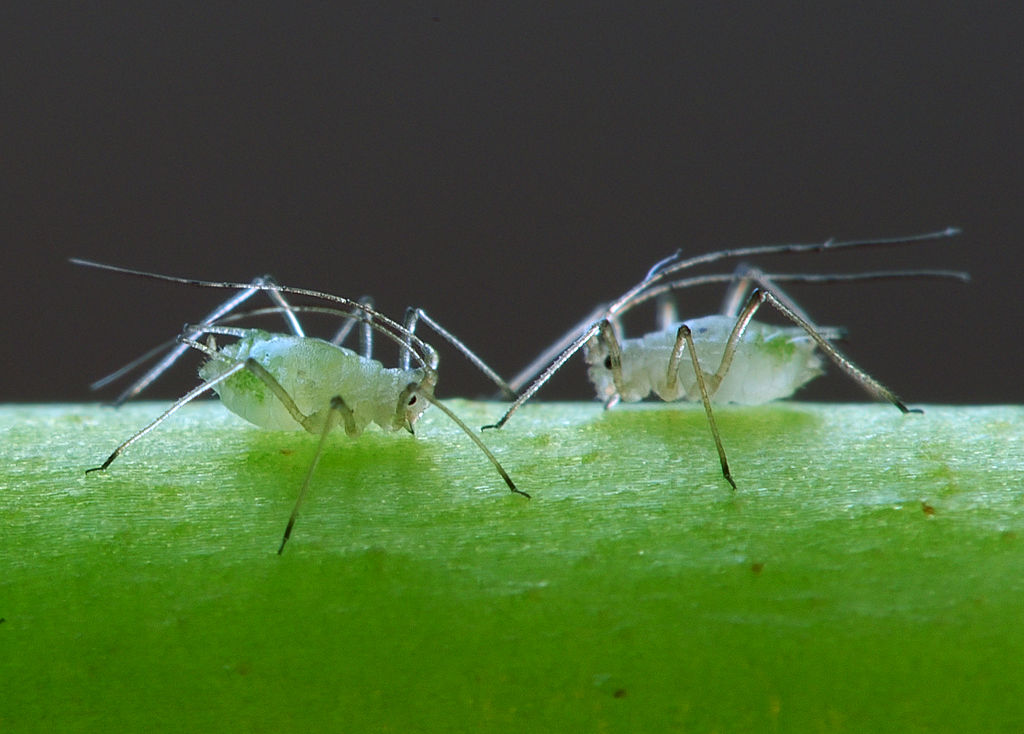
Aphid morphology
Within the Aphididae family, there are dozens of different subfamilies, so it is not uncommon to see aphids of different sizes and colours. Generally, they are insects 1 to 3mm long (males tend to be slightly smaller than females) and are black, green or yellow in colour, although as we have said, this colour palette can vary from one subfamily to another. The aphid feeds on the host plant it parasitises, causing tissue damage and developmental problems.
But this is not the only threat it poses, as it often acts as a vector for the transmission of various viruses and diseases from one plant species to another, so once the pest has been identified, the grower must act quickly if he does not want to put his crop at risk. Their ovoid body is divided into three zones (head, thorax and abdomen), and they may or may not have small transparent membranous wings (in this case, we are talking about apterous aphids).
They are usually found on the underside of leaves and on stems, being crowded one on top of the other, with dozens or even hundreds of individuals in a small area of the plant. In addition, because aphids secrete a sticky honeydew-like substance as they feed on the plant, they often enter into symbiosis with ants or (to a lesser extent) bees, so that the latter protect the aphids from their natural predators and in return make use of the honeydew.
Pest prevention and management for cannabis plants
Pest prevention is crucial to get abundant harvests of top quality buds free from insects and/or moulds. By just taking a few easy steps, your plants will end their cycle and be ready to harvest in perfect conditions. In this article we tell you more about pest prevention and we present you some of the most widely used products to treat insect and fungal infections.
How do aphids reproduce?
The aphid's method of reproduction is somewhat complex, as it can change depending on several aspects. On the one hand, they may need only one plant to complete their reproductive cycle (a monoecious cycle) or two different plants, in what is known as a dioecious cycle.
In addition, they may reproduce sexually, with the intervention of a male and a female, or asexually, in a process known as parthenogenesis. Generation after generation, it is not uncommon to observe evident changes in their morphology, thus enjoying a high degree of polymorphism in their offspring. In contrast, the metamorphosis from the nymph stage to maturity is minimal, so that larvae and adults differ only in size.
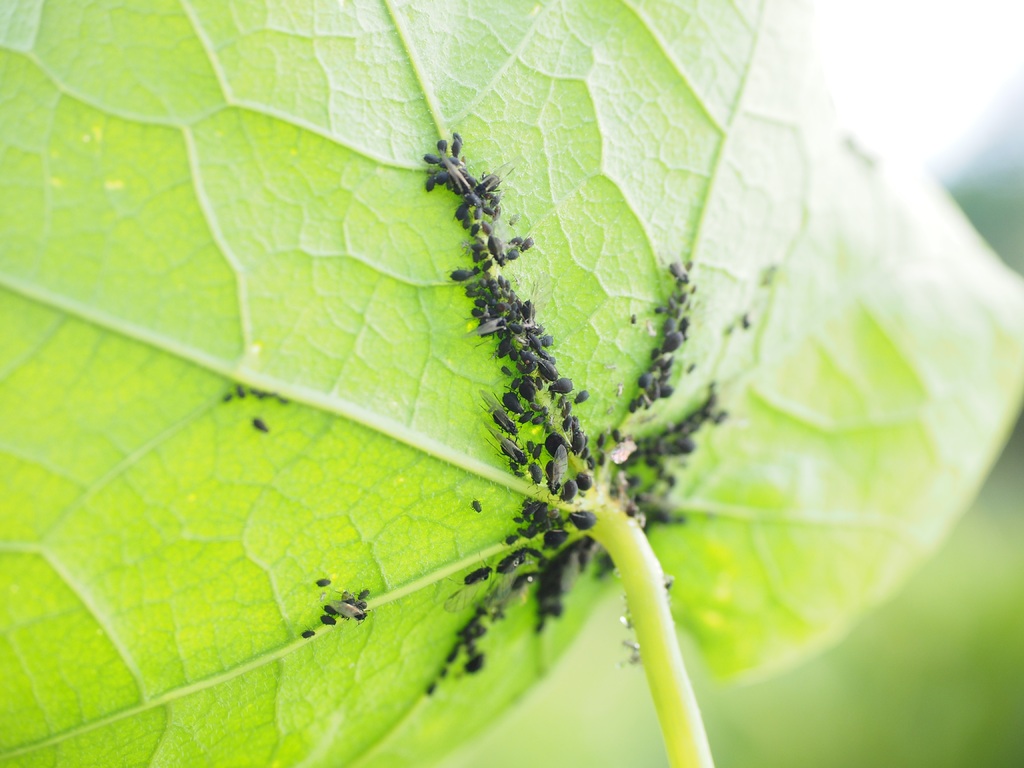
Its reproductive cycle is fast, so this is a pest that can become a serious problem in a very short time. Normally, outdoors, the eggs remain dormant throughout the winter awaiting favourable environmental conditions for hatching and subsequent development, which usually occurs during the spring. A curious feature is that aphids usually parasitise a single plant until it is no longer useful to them, at which point the females will produce a generation of winged aphids that can then migrate to another host plant.
Like other pests such as spider mites, aphids like warm temperatures and low relative humidity, so spring and summer are the seasons when they are most active outdoors. In contrast, conditions in most indoor crops are ideal for aphid reproduction all year-round, so in this case, we cannot let our guard down at any moment.
Damage caused by aphids
Identifying an aphid infestation by the symptoms it causes is complicated because they feed by means of a stinging/sucking filament, meaning they do not leave marks on the tissues like other insects do. On the other hand, it is relatively easy to realise that a plant is infested with them, as their size and colour do not usually go unnoticed.
The first visible symptoms once a colony is established on a plant are yellowing and necrosis of the leaves, as well as traces of honeydew on stems and petioles mainly. In addition to the problems caused to the plant and the risk of the aphids spreading a virus or disease, this honeydew can also cause problems in the form of fungi such as black mould. Traces of honeydew on the plant or ants are usually a symptom of an aphid infestation, so it will be necessary to check the stems and undersides of the leaves for them.
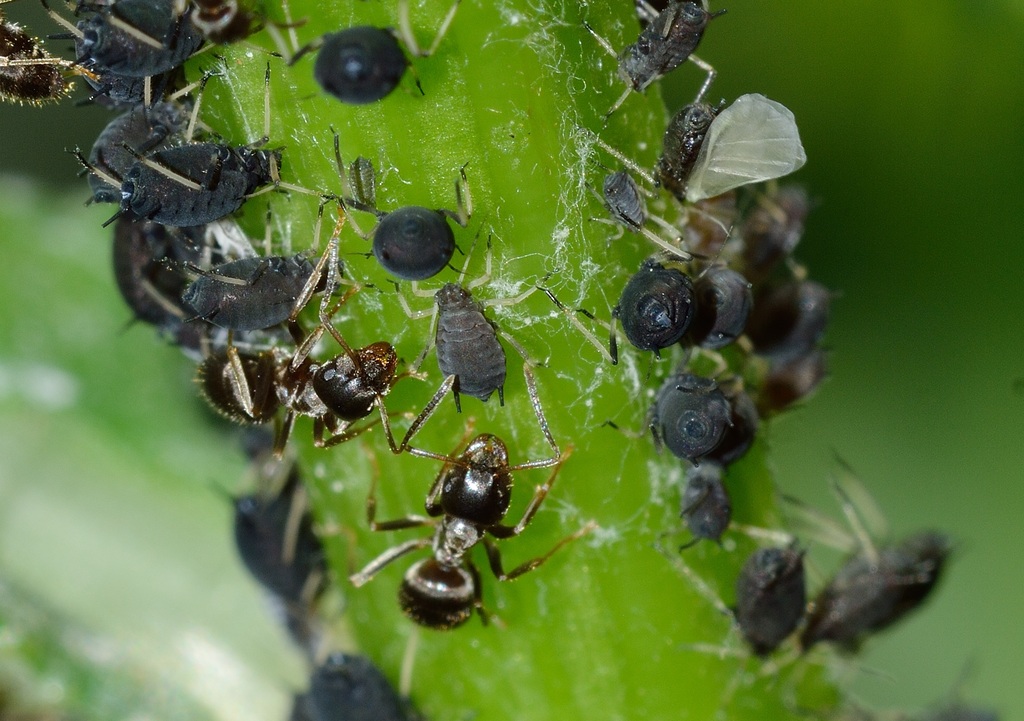
How to prevent the appearance of aphids
As always, everything starts with a clean and healthy growing space. Removing dead leaves and decomposing organic matter, periodically applying pest preventatives such as potassium soap, pyrethrins or Neem oil, and periodically observing the plants for signs of pests are the first steps to avoid problems in our grow.
We can also opt for allelopathy, the beneficial association between plants; if we surround our cannabis bushes with plants such as honeysuckle, lupins, foxgloves, nettles, marigolds or wormwood we will be helping to keep aphids at bay. Of course, you can also opt for biological control, using natural predators that will feed on the aphids as soon as they appear. Aphidius Colemani, Adalia Bipunctata or Chrysopa Carnea are some of the predators you can use.
How to treat an aphid infestation
Once we have a colony of aphids on our plants, it is not a matter of resting on our laurels. We can opt for periodic applications of an insecticide for sucking insects, although in this case it is interesting (and effective) to use two different products, one that eliminates the adults and another specifically formulated for the eggs (ovicide). Using them alternately every 3-4 days will be the most effective (with a foliar application of just water every 3-4 applications of insecticide).
You can also prepare an effective homemade insecticide based on tobacco, nettle broth or garlic, although it is usually more effective to use an ovicide that eliminates the eggs before they hatch and fill the plants with adults again. Combining an ovicide product with one of these home remedies will be more effective, saving time, money and probably some plant casualties.
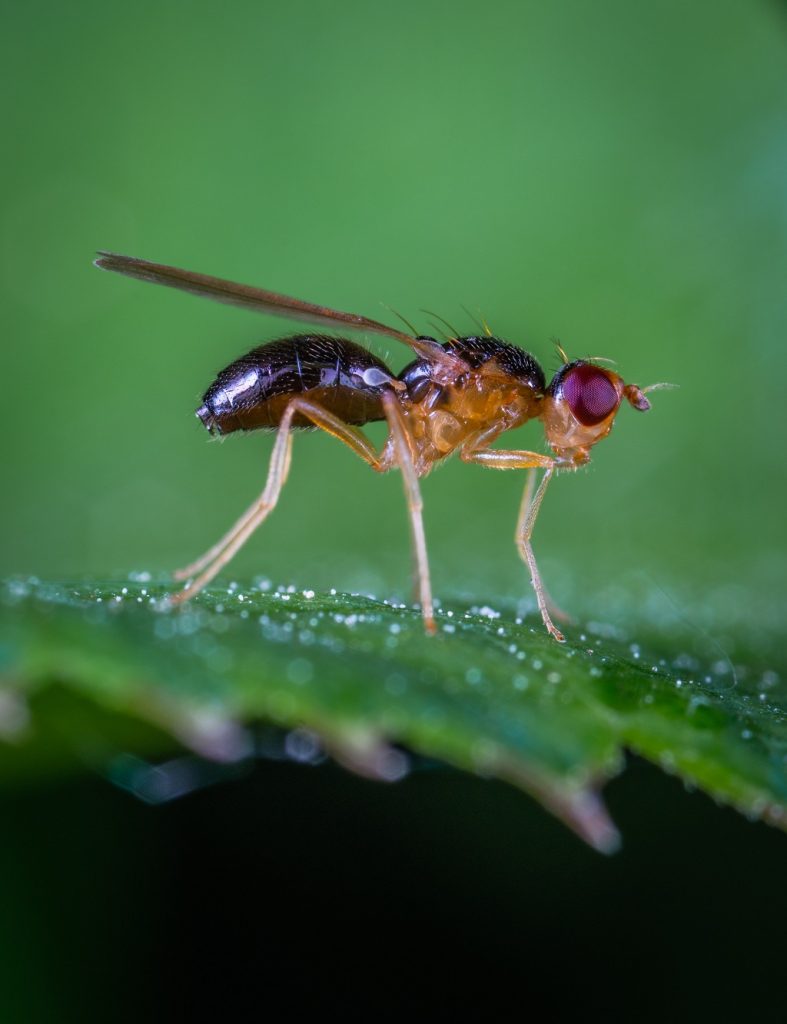
Of course, and since aphids especially like tender shoots, you can remove the affected parts and continue with preventive methods, keeping a close eye on the affected plant during the following days. You wouldn't be the first to carry out a good apical pruning at the same time as getting rid of a potential pest!
Finally, there is a way to get rid of the pest quickly and effectively, using only potassium soap and water. It is to prepare the application in the normal way, but in this case, we will do it during the time of the day when the plants receive the most sunlight. Spray the aphids with a generous layer of our preparation and wait for the sun to evaporate the water; in doing so, the soap will create a crust around the insects, which will be unable to feed or move and will die in a short time. If necessary, repeat the operation after 3-4 days.
In short, and as always, it is a matter of keeping the growing space as clean and tidy as possible, applying a natural insecticide as a preventive measure, and maintaining grow room conditions that prevent the reproduction of this annoying pest (simply lowering the temperature a little and increasing the humidity is usually enough to make things really difficult for aphids). Don't forget to share your experiences or tricks with us all in our comment section!
Happy harvests!
